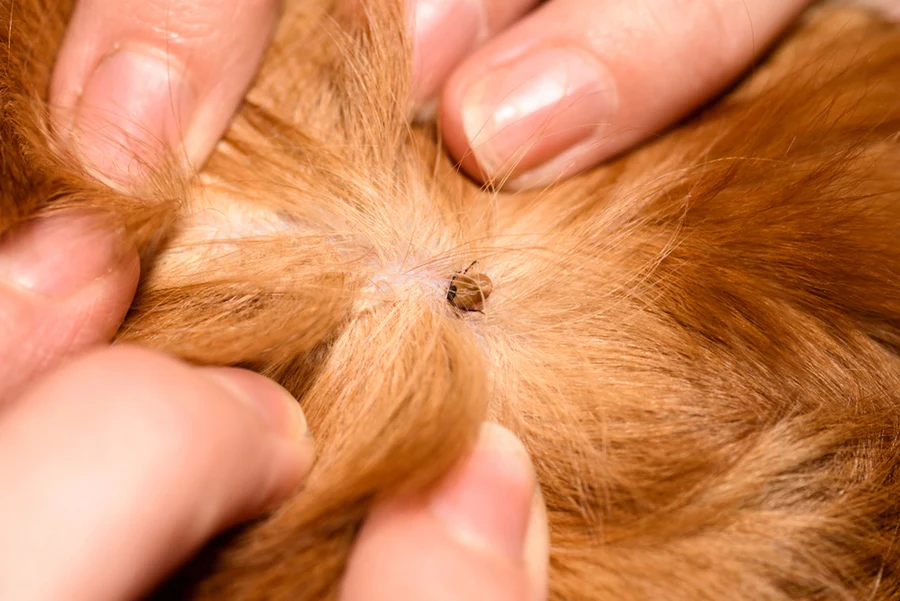
What Fleas Look Like
Fleas, a prevalent global parasite, pose challenges due to their small size, resilience, and agility. With well-armored bodies capable of expanding and contracting, these creatures can absorb significant impact. Despite their remarkable features, fleas are a nuisance, often targeting dogs and cats for their proximity to the ground and ample fur. While they prefer these animals for laying eggs, they won’t hesitate to bite humans.
Apart from causing itchy bites, fleas transmit various diseases, affecting both pets and humans. In this article, we’ll explore what defines fleas, introduce common North American flea varieties, and discuss methods to eliminate and prevent infestations.
What Are Fleas?
Fleas are small insects that feed on the blood of humans and animals, causing discomfort and potentially transmitting diseases like the plague, flea-borne typhus, and cat scratch disease.
Cat Flea (Ctenocephalides felis) The most common flea variety on dogs and cats, cat fleas are small, wingless insects with brown adult bodies and rice-like eggs. Though they can spread plague bacteria, they’re less likely to do so than other flea types.
Dog Flea (Ctenocephalides canis)
While similar to cat fleas, dog fleas are less common on dogs, often spreading a tapeworm called dipylidium caninum.
Ground Squirrel Flea (Oropsylla Montana)
Associated with spreading plague bacteria, these fleas have elongated bodies, allowing them to jump between hosts, particularly California ground squirrels and rock squirrels.
Oriental Rat Flea (Xenopsylla cheopis)
Similar in appearance to other fleas, the rat flea typically feeds on rodents and commonly spreads plague bacteria.
Identifying Fleas on Pets
Spotting fleas on pets, especially those with long coats, can be challenging. Watch for symptoms of infestation, such as itching, overgrooming, hair loss, restlessness, head shaking, and black specks in fur or bedding.
Flea Bites
Flea bites vary in appearance based on factors like flea population density, attack intensity, skin type, and individual sensitivity. They often appear as red dots, splotches, or bumps, with potential for reddened rings or halos to form over time. Bites can be small and mild or, after a substantial attack, result in an irritating, sensitive rash.
How to Check for Fleas
Use a flea comb to check for fleas on your pet. Comb through the hair, checking for fleas and flea dirt after each stroke. Dispose of live fleas in soapy water. Consult your vet for diagnosis, treatment, and prevention.
How to Get Rid of Fleas Follow these CDC guidelines:
- Sanitize: Clean infested areas, including bedding, rugs, carpet, and pet bedding.
- Start Pet Treatment: Begin flea treatment for each pet under veterinary guidance.
- Begin Treating Home: Engage a pest control specialist to treat your home, maintaining cleanliness.
- Repeat As Needed: Flea treatment may require multiple rounds for complete eradication.
Conclusion
To prevent future infestations, consult your vet about flea control methods for your pets. Access flea and tick treatment conveniently through our pharmacy partners, delivered to your doorstep.